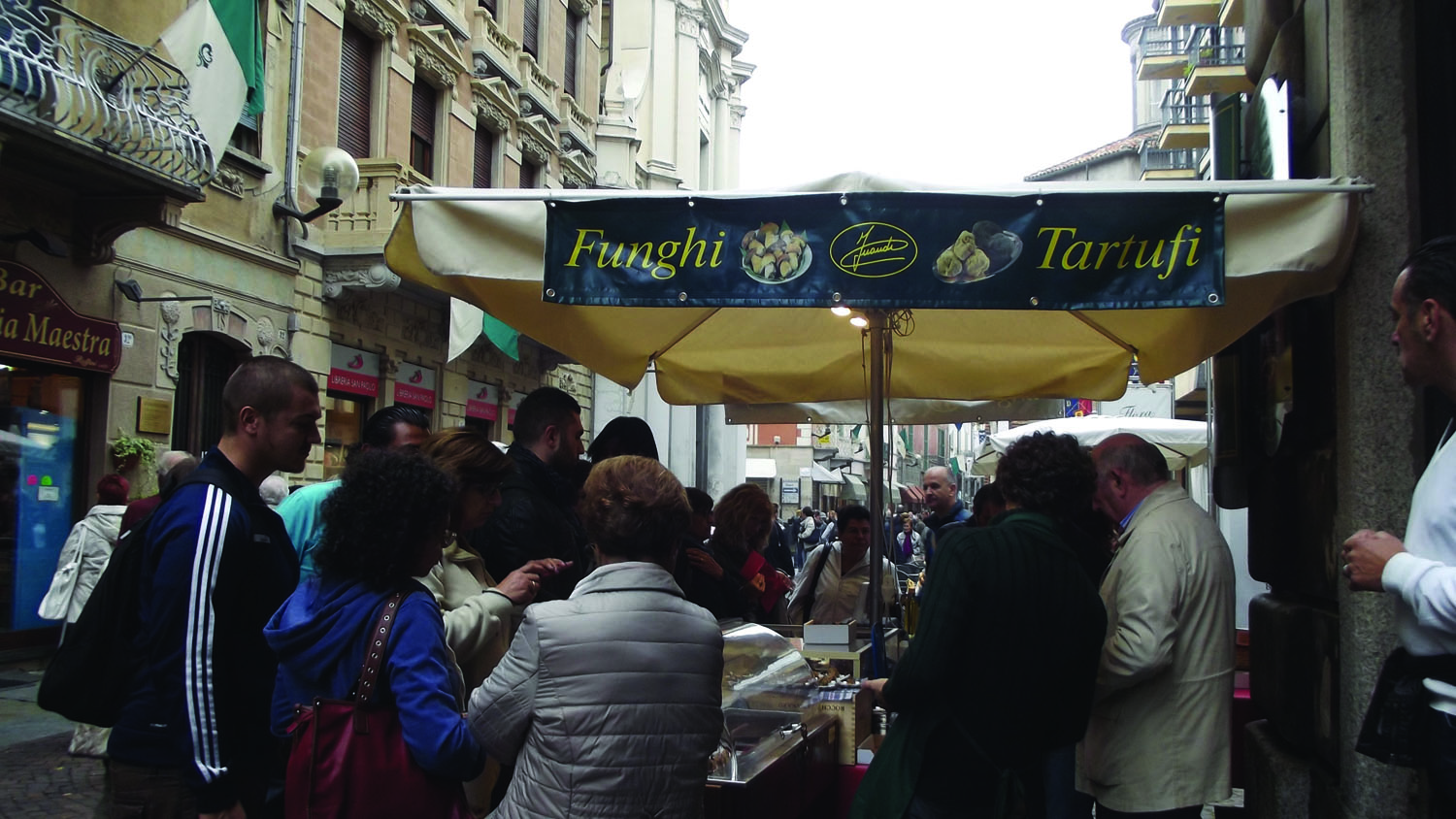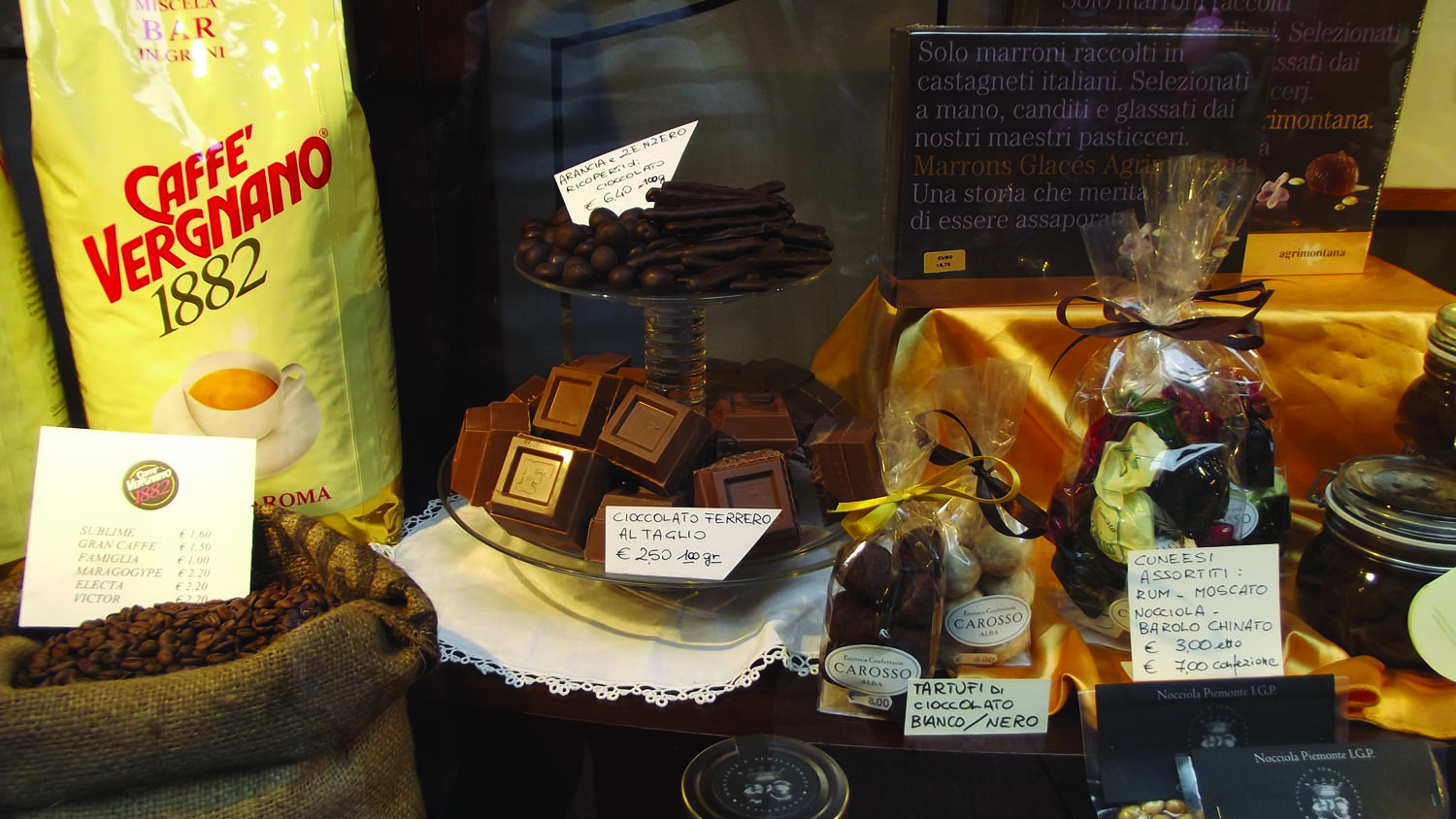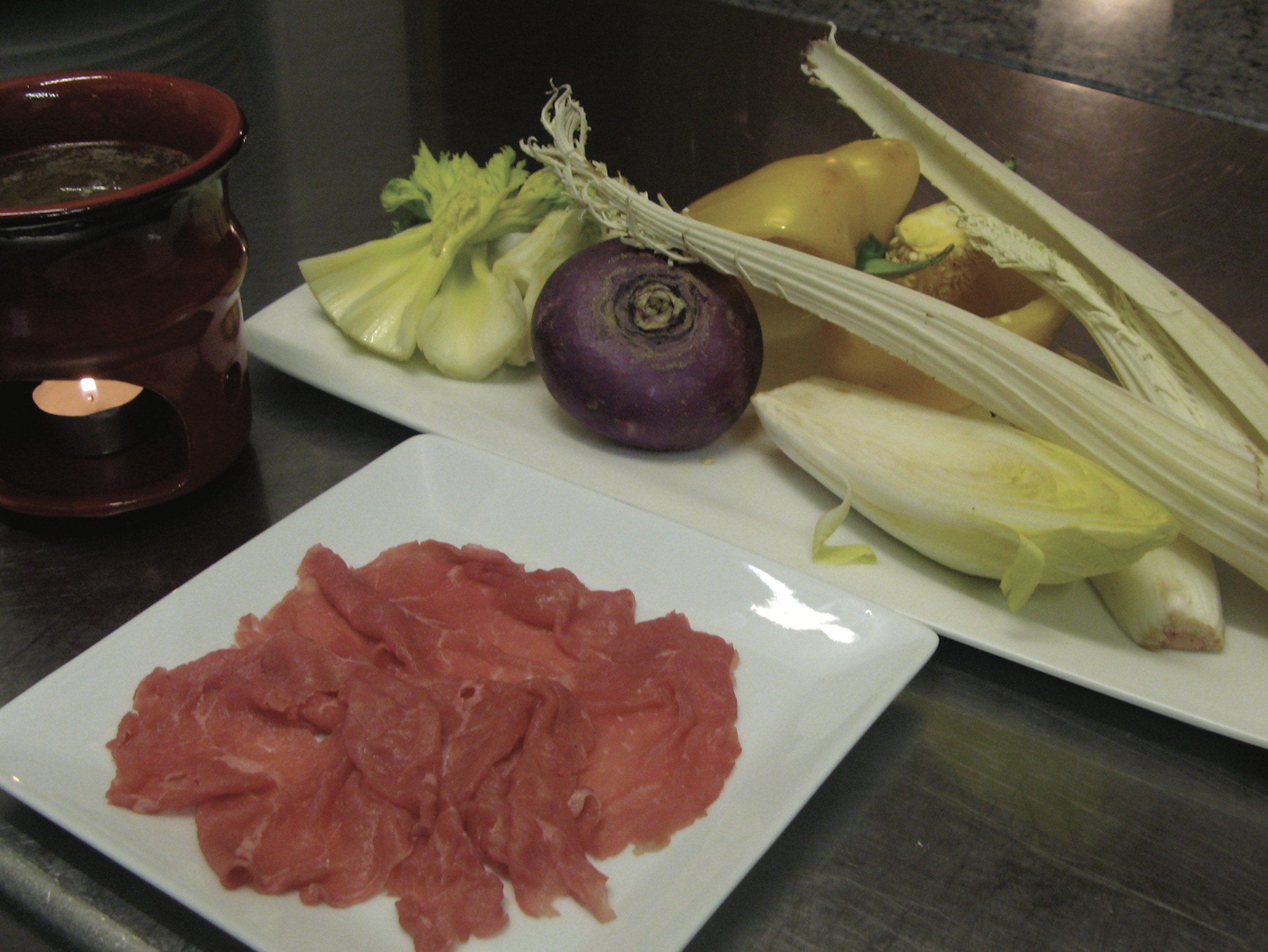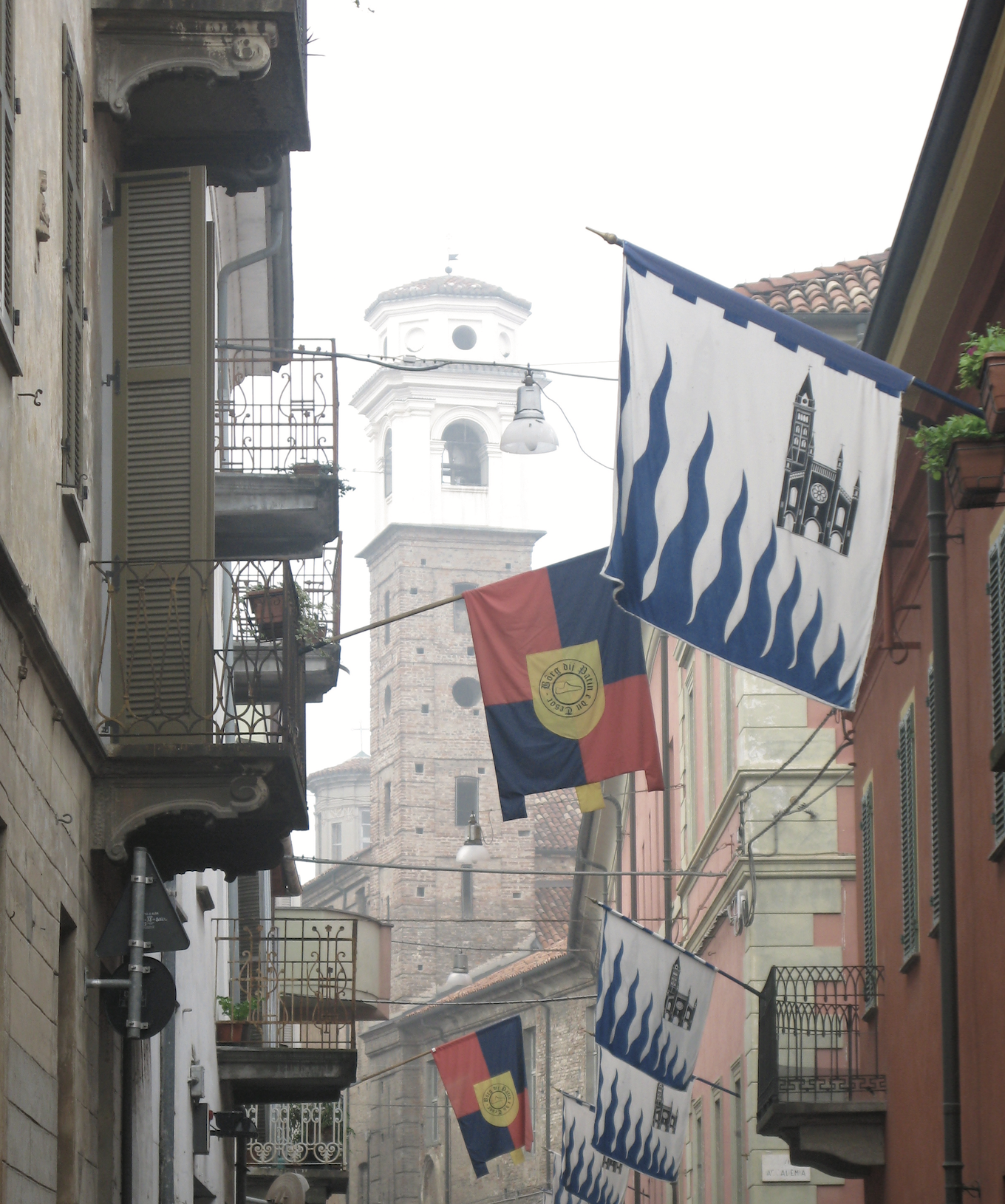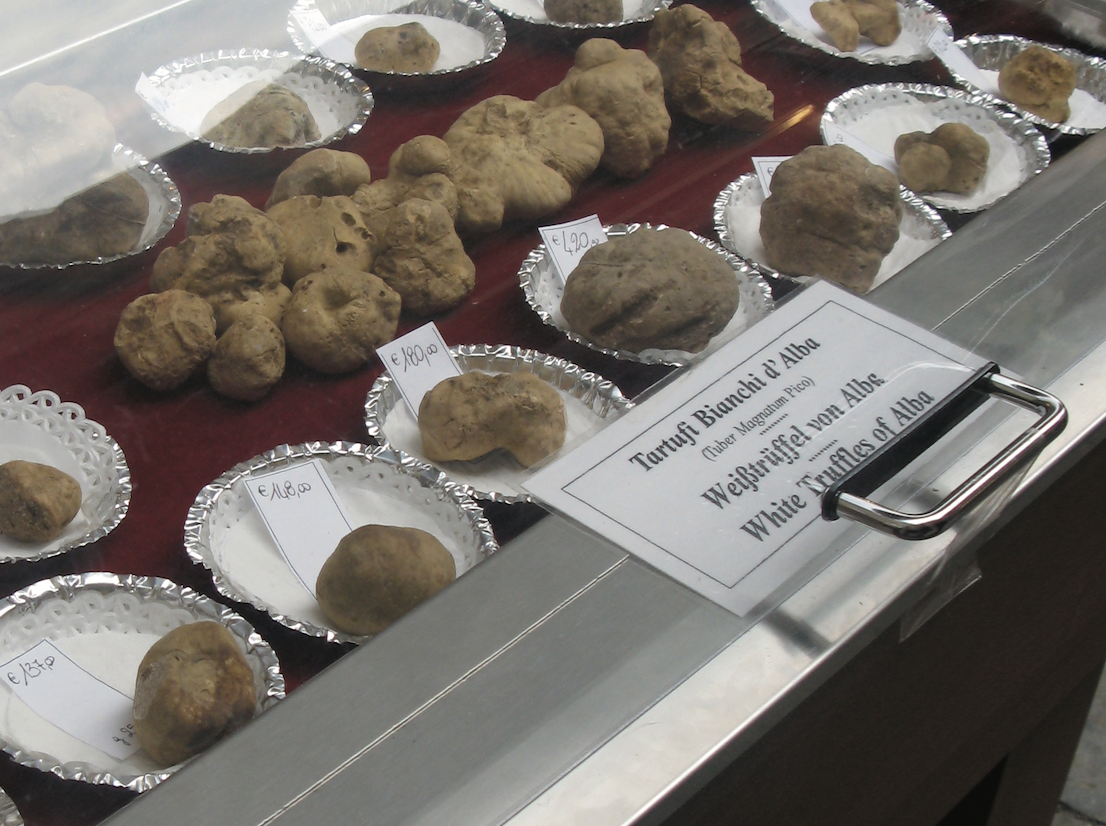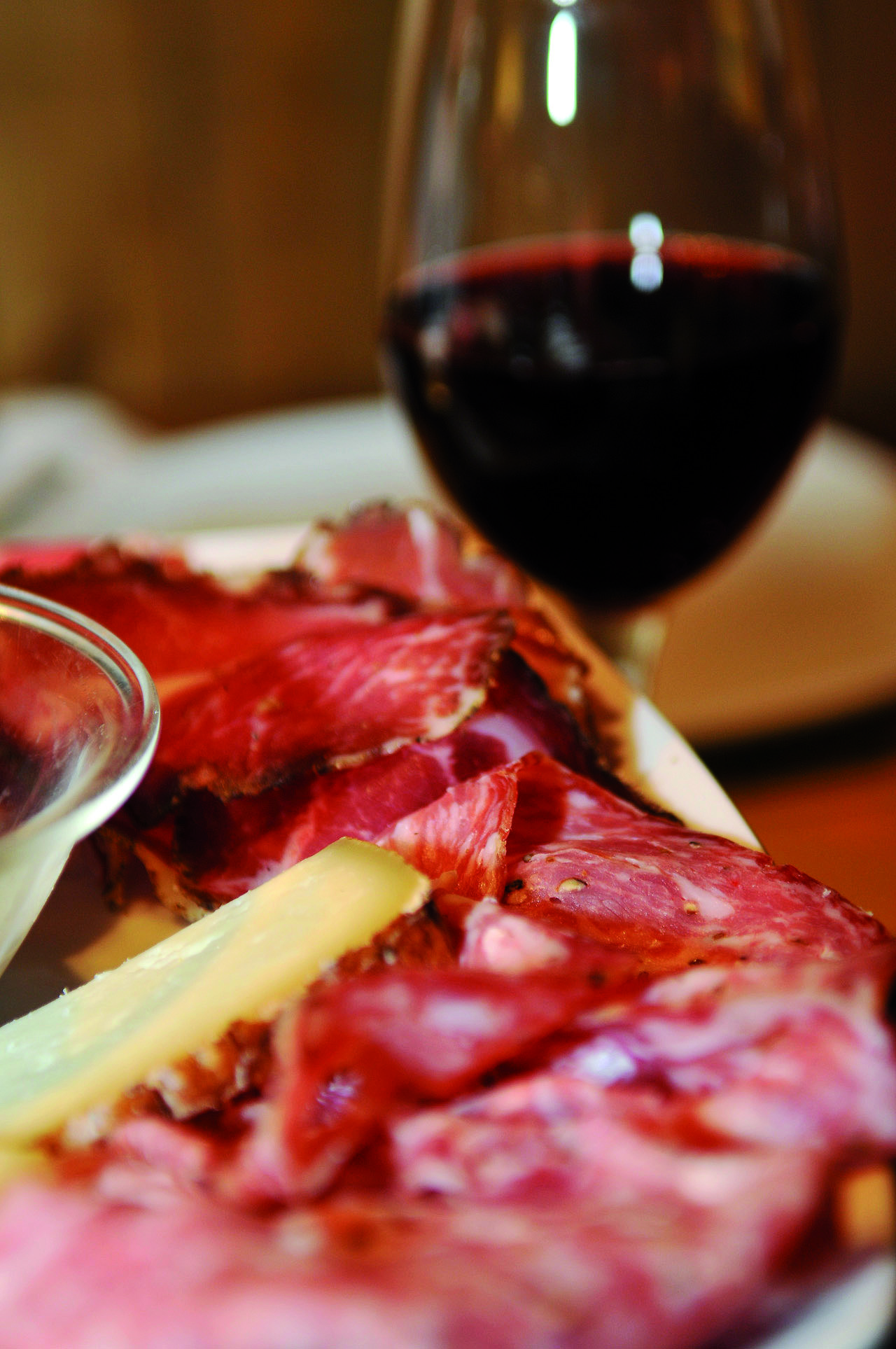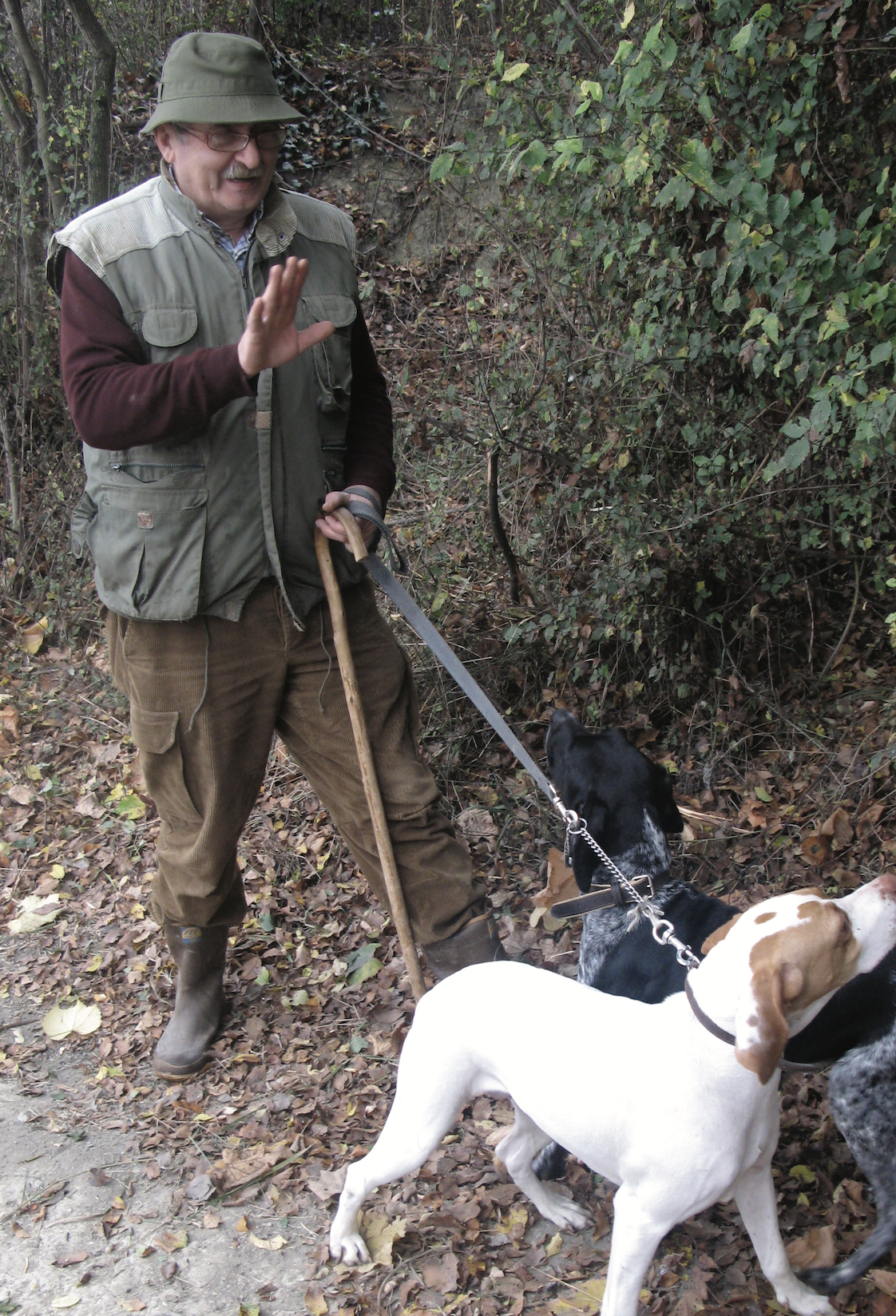With truffles, Barolo and hazelnuts on the menu, Francesca Unsworth is very happy to indulge herself at the gastronomic centre of Italy on an autumnal trip to Alba and Asti
The Italians have elevated numerous foodstuffs to iconic gastronomic status, but no single region can boast quite the same gourmet cachet as Piedmont. Home to both the white Alba truffle, which can sell for as much as £3,000 a kilo, and Barolo, regarded as the finest of all Italian wines, the region remains incredibly unpretentious despite its international fame, largely derived from these luxurious gastronomic goodies.
Ever the hungry traveller, I recently embarked on a trip to the heart of Piedmont, hoping to eat my way through the region’s specialities while washing them down with deeply-rich red wines. The affluent rural area between Turin and Genova is one of the most exciting places for a gourmet expedition, but with just 48 hours to enjoy compromises had to be made. Not only are Piedmont’s iconic wines, truffles and nuts some of the most highly-praised varieties of their kinds, the region is also a notorious hotbed of cheese production and bovine breeding.
It’s no coincidence that the Slow Food Movement was born here, when founder Carlo Petrini feared for the fate of the endless intriguing grape varieties that the area boasts, and the rich history of traditional food manufacturing, all of which is now being protected by the movement.
I opted for the double ‘As’ of Piedmont, the towns of Alba and Asti, just 30km apart, but with more gastronomic intrigue than a small nation. Being bang in the middle of autumn, the region was alive with festivals and feasts, but none quite as famous as the annual Fiera del Tartufo in Alba, the home of the eponymous white truffle. The Tuber magnatum pico – and, arguably, that delicious chocolate spread, Nutella, which also calls Alba home – has earned the small town of Alba global fame, something immediately evident in the eclectic mix of tourists, from the sandal-wearing Germans to the glamorous Louis Vuitton-toting Japanese women, strutting around an otherwise unremarkable town. Although their sartorial choices may not converge, there’s one thing that unites this hodge-podge of visitors: a lust for fine food.
Autumn is the best time of year to visit the region with the harvest season bringing a bounty of local festivals. These small-scale local sagre see the locals dress in traditional gear to serve up historical piatti, and the international crowd flock to the aforementioned Truffle Fair, a month-long event that culminates in the auctioning of a number of the season’s most substantial finds, complete with celebrity guest appearances.
But while the seasonal celebrations make for a fun way to get acquainted with the region’s gastronomy, there’s only one drawback to visiting during the autumnal festivities: the omnipresence of the infamous nebbia. During the harvest months this reliable ‘friend’ visits Piedmont, blanketing it in a hazy layer of fog. Having been lured to the region partly by the promise of panoramic views, I was disappointed to find that any summits were shielded by this climatic peculiarity.
Piedmont is named after its geography – quite literally at the ‘foot of the mountains’ – and it is precisely the geography that makes Piedmont so special and its gastronomy so magically unique. The fog is to Piedmont what the sun is to Sicily. The couple of months that it lingers over the landscape shape the produce that is so highly revered. While I complain about the view, the locals are revelling in the arrival of their trusty companion.
The treasures of Alba
I arrived in Alba to frenetic street activity – with truffle bartering and chestnut roasting in the main street, the Via Vittorio Emanuele II, which is crowded with locals and out-of-towners. Tasters are being handed out from the stalls lining Alba’s high street, a street with an equivalent of Woolworths that is a fresh pasta shop specialising in tajarin (the fine threads of pasta commonly paired with truffle), while ‘Sainsbury’s’ is an historic store specialising in truffles and dried mushrooms.
I am treated to a sample of one of Piedmont’s most revered nuts, the tonda gentile, which holds a rare protected status (IGP) within the European Union. The Piedmontese are crazy about gianduia, the nutty, chocolatey triangles made by pioneering chocolatiers such as Guido Gobino in Turin, because of the quality of these hazelnuts, which are ground for this confectionery.
The truffles, needless to say, are a little harder to get at and no samples of these are being handed out. Under glass domes and nestled in cloth, the truffles are displayed, many accompanied by a hefty price tag – and others more negotiable – along with their weight in grams. The first stand I come to is inconspicuously guarded by a military man; every year truffle hunters and sellers fall prey to thefts of these highly-prized goods.
Alba itself is a curious place. Its historical centre is small and comprised of two main piazzas, one housing the town’s redbrick medieval cathedral, the other lined by bars, and with a weekly market. Both are linked by the Via Vittorio Emanuele II, an elegant street showcasing the town’s gastronomic treasures. For a small provincial town, Alba boasts a number of curiously ‘designer’ restaurants, which would be as suited to Manhattan as rural Piedmont. No matter. The décor might be designer, but the menus remain faithful to the traditional dishes, such as the vitello tonnato (veal in a tuna sauce), insalata russa (classic potato salad) and bagna cauda, an anchovy, garlic and oil sauce in which winter veg can be dunked.
Exploring the vineyards
A visit to Alba isn’t complete without venturing to its fog enshrouded outskirts. On a summer day, or indeed any outside the harvest period, the Langhe area is an enchanting landscape rivalling Chianti in its remarkable beauty. I set off early to the tourist office in Piazza Risorgimento, which organises two daily tours to Barolo and Barbaresco, a perfect choice for those with limited time and no rental car. I hopped on a bus with a handful of wine buffs for a visit to the acclaimed Ceretto vineyard winery outside Alba. After a guided visit of their canteen and a brief history, visitors gather round to taste the wines, working up to the estate’s acclaimed Bricco Rocche 2004.
Warmed by a cheeky early tipple, we moved on to the small village of Grinzane Cavour. The annual asta del tartufo (truffle auction) takes place in the town’s 11th-century castle, which now houses a museum devoted to the history of the Barolo of the region, tracing back its greatness to the visit from French oenologist Oudart in the mid-19th century. He increased the output and experimented to much success in a region he conceived as having great oenological potential.
If Barolo is considered the ‘king of the Langhe’, the Barbaresco has been crowned its queen. Two million bottles of Barbaresco are produced each year, compared to Barolo’s nine million, but both are made from the nebbiolo grape and some are produced within 10 miles of one another. The changes in the soil, exposure and altitude of the vines, combined with each vineyard stamping its own personality on the wines, account for the vast differences between the wines: Barolo is full-bodied and deep, while Barbaresco has a spicier appeal.
The second part of the visit guided by the tourist office takes us up to the village of Barbaresco, possibly one of the only towns in Italy that can stake a claim to literally worshipping wine. The former village chapel is a shrine to Barbaresco, a place for tasting, admiring the old labels and learning a little about the history of this local wine. At the Enoteca Regionale del Barbaresco (Piazza del Municipio 7) 112 different wineries are represented on the shelves of this inner sanctum of wine worshipping. Behind the altar, a wine expert offers tastings and information, preaching the particularities of this remarkable wine.
The attractions of Asti
Just 30km apart geographically, Alba and Asti are furious rivals. In Alba I was told that Asti was uninteresting, while in Asti I was told that Alba was ugly; to me they complement each other perfectly.
Asti is the capital of the province and with around 75,000 inhabitants, is almost double the size of Alba. Known as ‘the city of 100 towers’, the large medieval centre of Asti is an intriguing town. While these historical towers no longer all protrude from the cityscape, there are a good eight or so still left, including the tallest, the medieval Torre Troyano, the clock tower at 49m, to the city’s Torre Rossa, at 30m. Despite its medieval architectural heritage, Asti, like Alba, is probably better known for its gastronomic production – in this case, its sweet sparkling wine, far superior to that found in our own supermarkets – than for any other tourist merit.
A trip to the woods
To get a grasp of the city and its surrounding area, I met up with Sara Zuccotto, a promoter and tour operator in the Monferrato area with Terre d’Asti. We headed to the home of trifulau (truffle hunter) Natale Romagnolo, a local truffle hunter from Costiglione who takes tourists on truffle hunts in his local woods with his dogs, Birba and Diana. In Piedmont the truffle is an integral part of the local culture, the trade is full of legends and folklore, and visiting the home of a trifulau rapidly becomes the highlight of my day.
“Truffle hunters are the opposite of fishermen,” says Natale. “He will always say he never finds any and that his dog is useless. My father would go out hunting with small truffles in his pockets to show others that it was all that he found, and in reality have a big white treasure strapped to his back!” After scouting round the woods with his trusty canine foragers, Natale slices up what he calls his “natural viagra” over a plate of fresh cheese and his dining room goes silent in ecstasy.
Back on the road again, Sara and I head to the underground ‘cathedrals’ of Canelli, dug out from the innards of tuffa rock during the 19th century. These natural cellars are the ideal temperature and humidity for local wine businesses to store and age their wines, and deemed the underground ‘cathedrals’ of the region. A dossier is being compiled to encourage UNESCO to declare the cellars a world heritage site. The cellars – where ancient kegs and barrels are kept perfectly aligned – have brick-vaulted structures with low Gothic arches connected by tunnels.
When it comes to inspirational gastronomic adventures, Alba, Asti and their rich environs are a place where legends become reality. The passion and knowledge of the producers, teamed with the locals’ solid appreciation of the richness of their gastronomic culture, makes Piedmont one of the tastiest trips to make in all of Italy.

